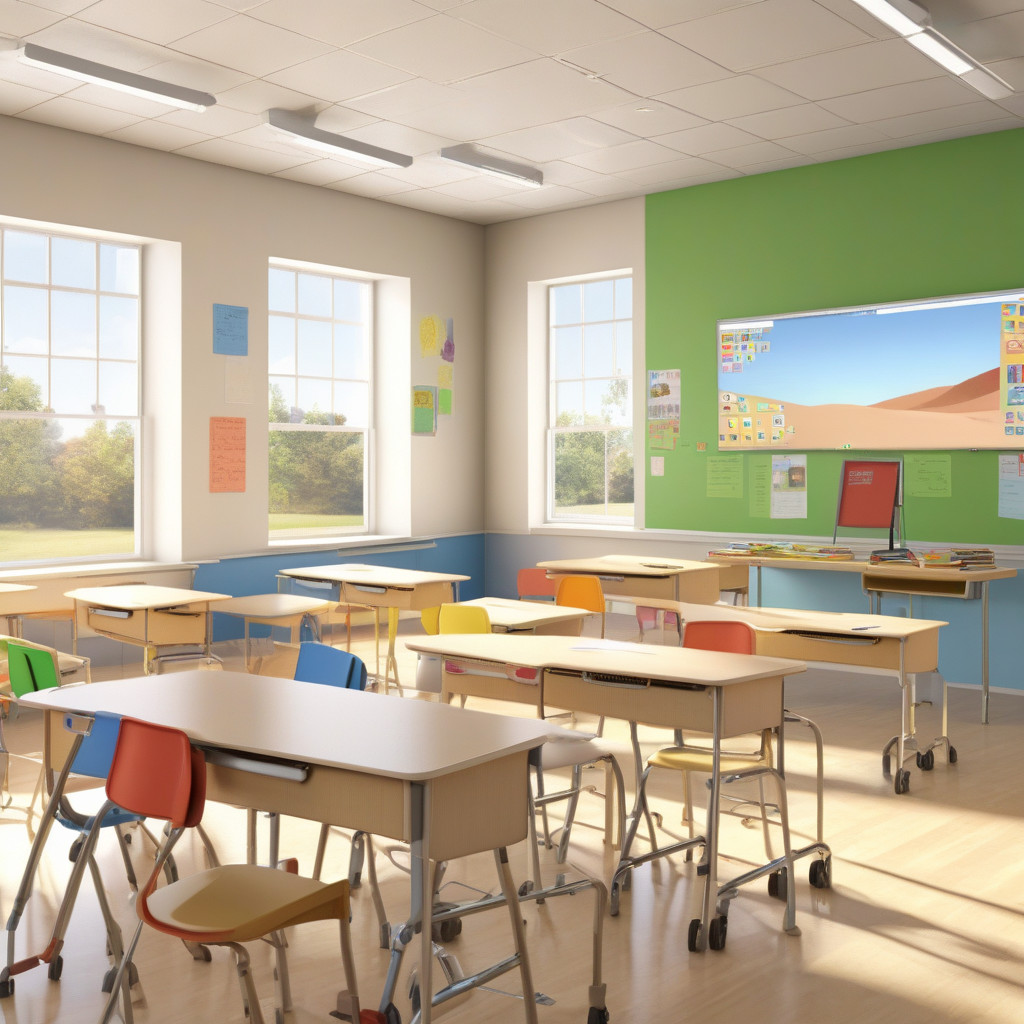New Classroom Features Announced for ChromeOS
Google’s Chromebooks have long been a staple in classrooms around the world, providing students and teachers with user-friendly devices for learning and collaboration. Now, Google has announced new innovative features for ChromeOS that are set to revolutionize the classroom experience even further.
One of the most exciting features is the introduction of facial gesture controls. This technology will allow users to navigate their Chromebooks using simple facial gestures, such as nodding or shaking their head. Imagine being able to scroll through a webpage or interact with an educational app without ever having to touch the device – it’s a game-changer for students with mobility issues or those who simply prefer a hands-free approach.
In addition to facial gesture controls, Google is also rolling out enhanced classroom tools that are designed to make learning more interactive and engaging. For example, teachers will now have access to new collaboration features that allow students to work together on projects in real-time, no matter where they are located. This level of connectivity and teamwork is unprecedented and has the potential to foster creativity and critical thinking skills in students.
Furthermore, the new classroom features for ChromeOS are focused on improving accessibility for all students, including those with disabilities. With features like screen readers, magnifiers, and voice commands built directly into the operating system, Chromebooks are becoming more inclusive than ever before. This commitment to accessibility ensures that every student has the opportunity to learn and succeed, regardless of their individual needs.
The impact of these new features goes beyond just the classroom – they have the potential to shape the future of education as a whole. By leveraging technology in innovative ways, Google is empowering both students and teachers to create a more dynamic and personalized learning experience. Whether it’s through hands-free navigation or real-time collaboration, ChromeOS is paving the way for a more interactive and inclusive educational environment.
As we look to the future of education, it’s clear that technology will play an increasingly important role in shaping how we learn and teach. Google’s Chromebooks, with their new classroom features, are at the forefront of this evolution, providing a glimpse into what the future of education may look like. With these innovative tools at their disposal, students and teachers alike are sure to benefit from a more accessible, engaging, and ultimately successful learning experience.
In conclusion, the new classroom features announced for ChromeOS represent a significant step forward in the realm of educational technology. By focusing on accessibility, interactivity, and collaboration, Google is setting the standard for what a modern classroom should look like. As these features are rolled out and adopted in schools around the world, we can expect to see a positive impact on student engagement, learning outcomes, and overall educational experiences.
innovations, classroom technology, education, ChromeOS, accessibility












